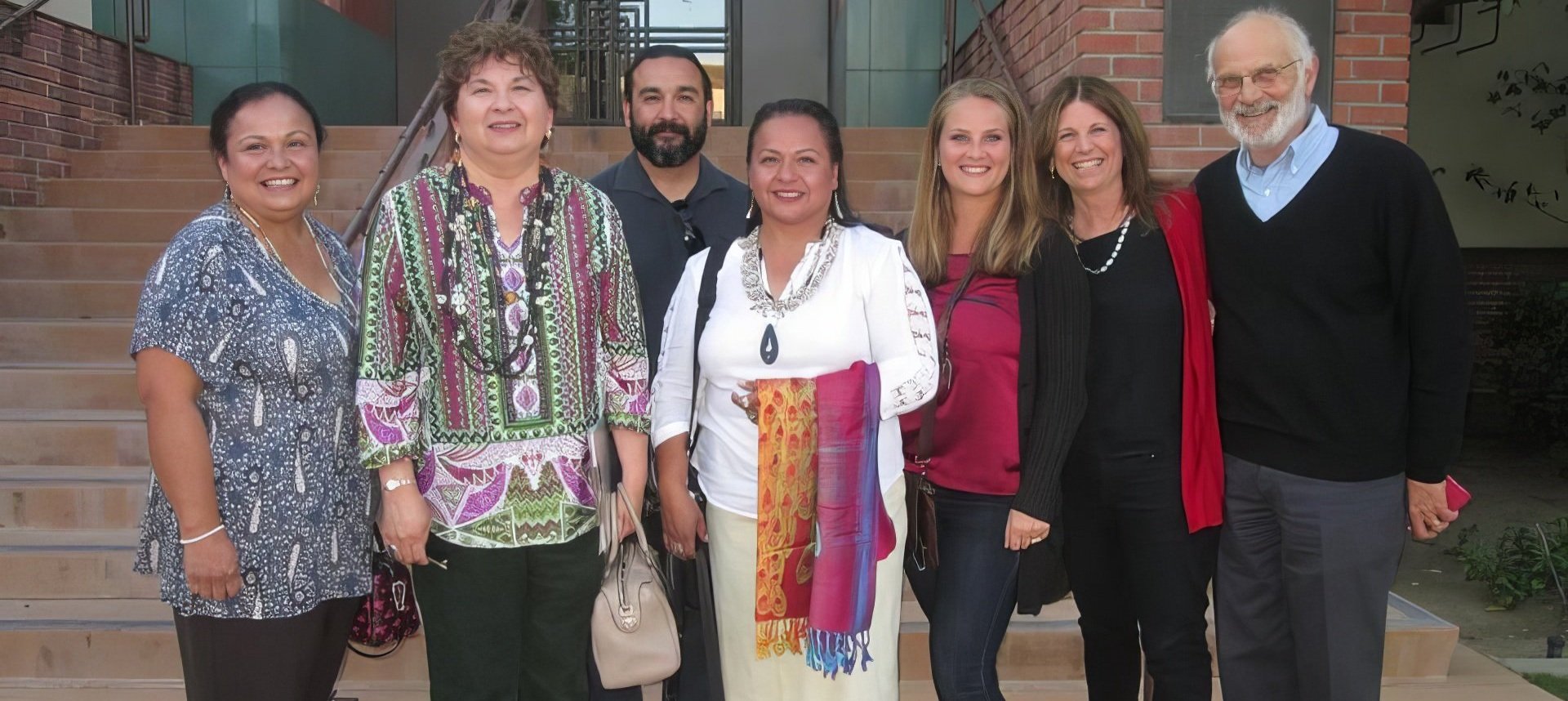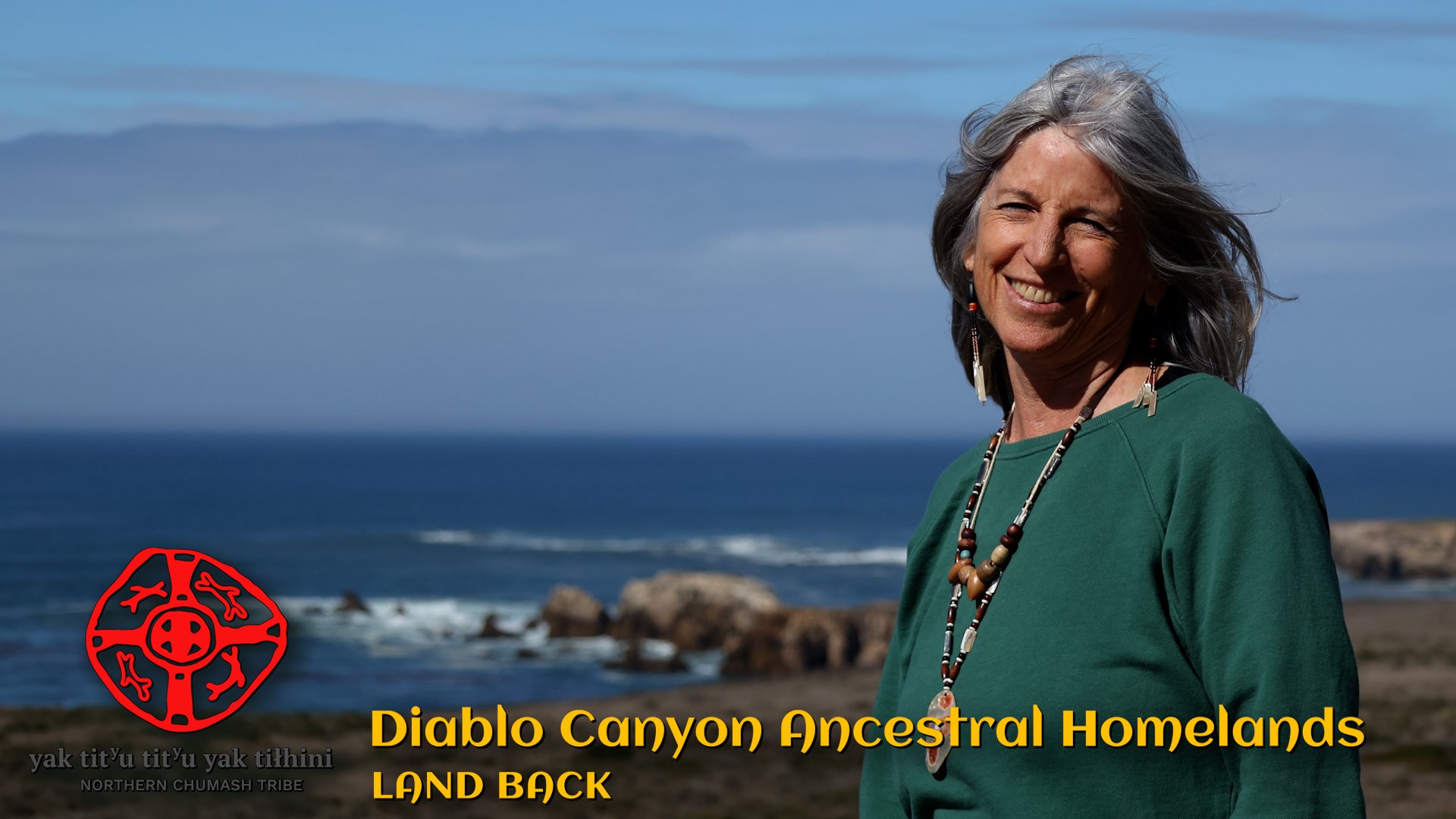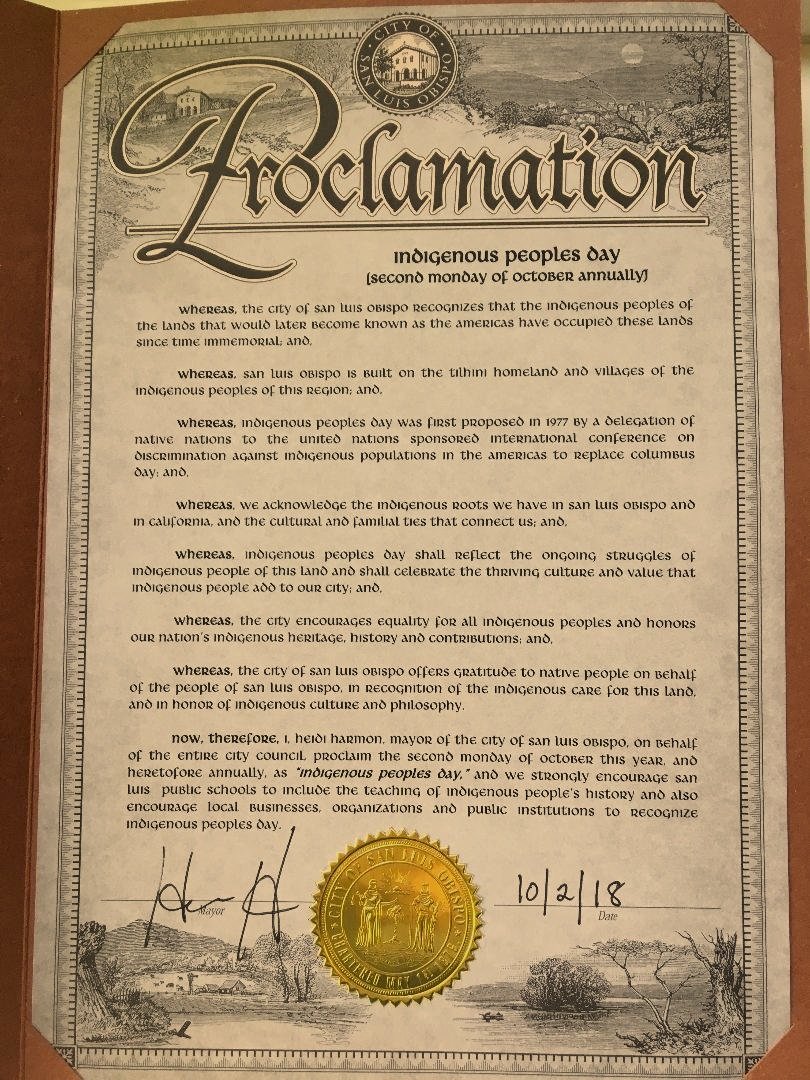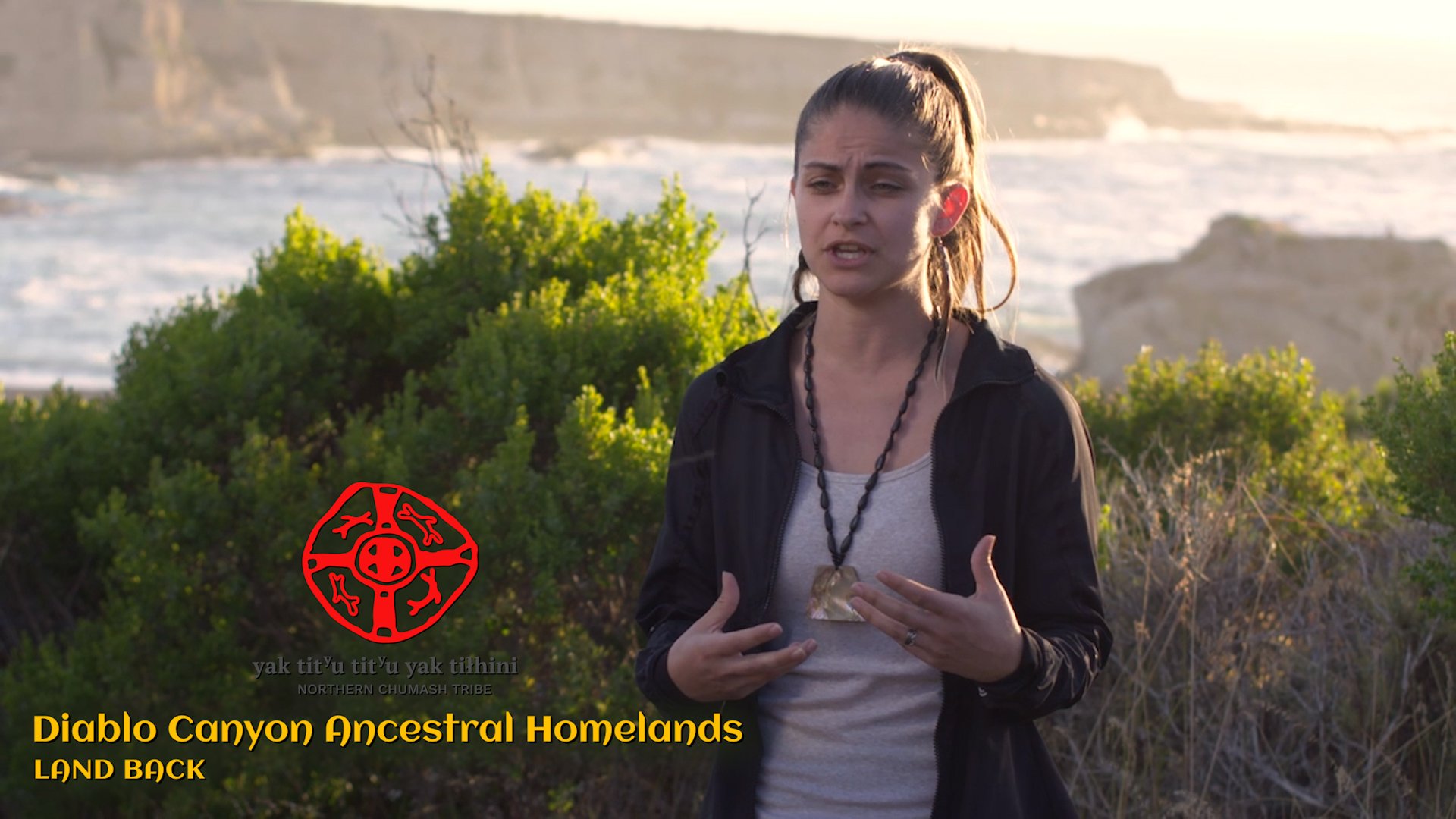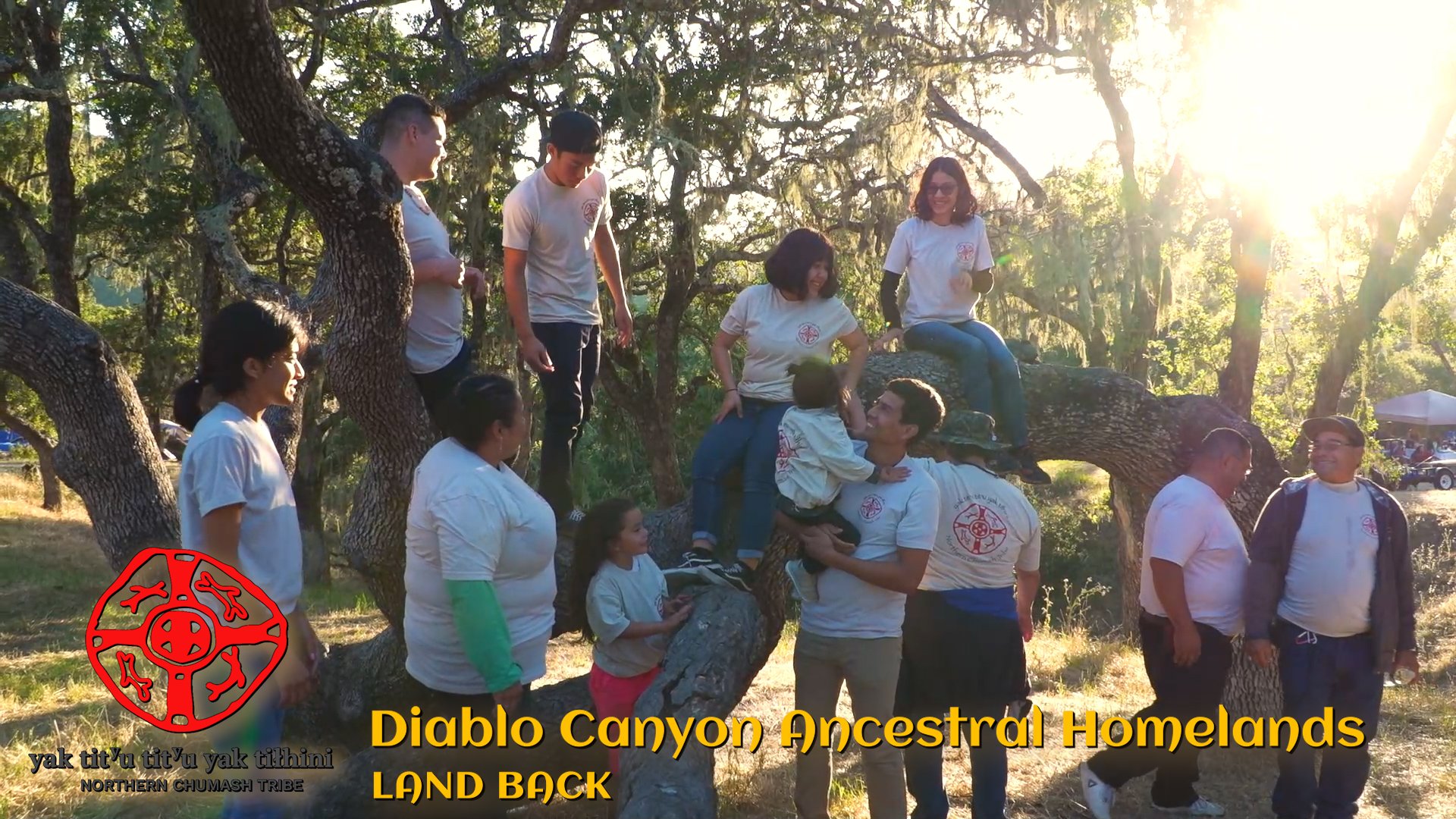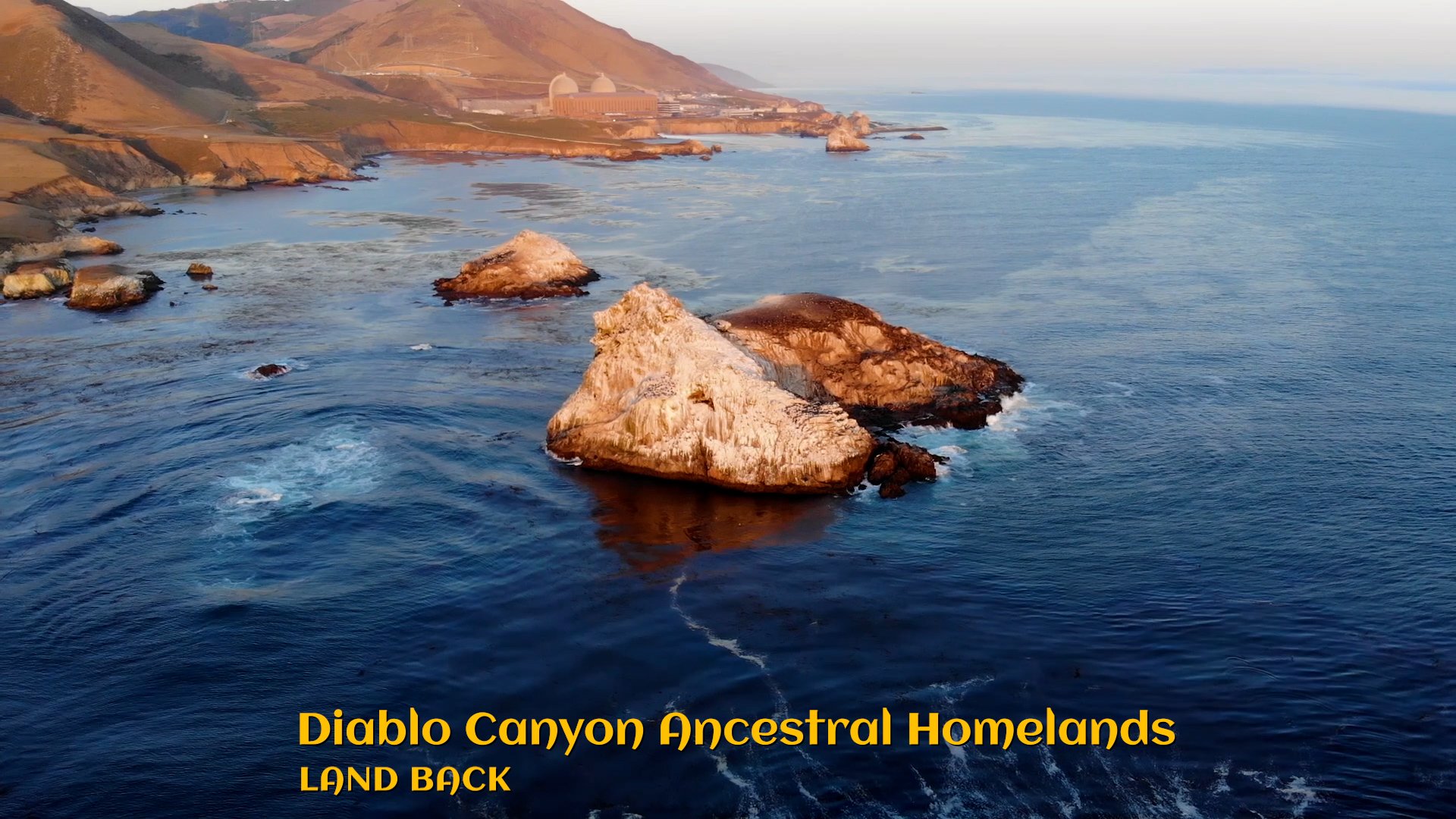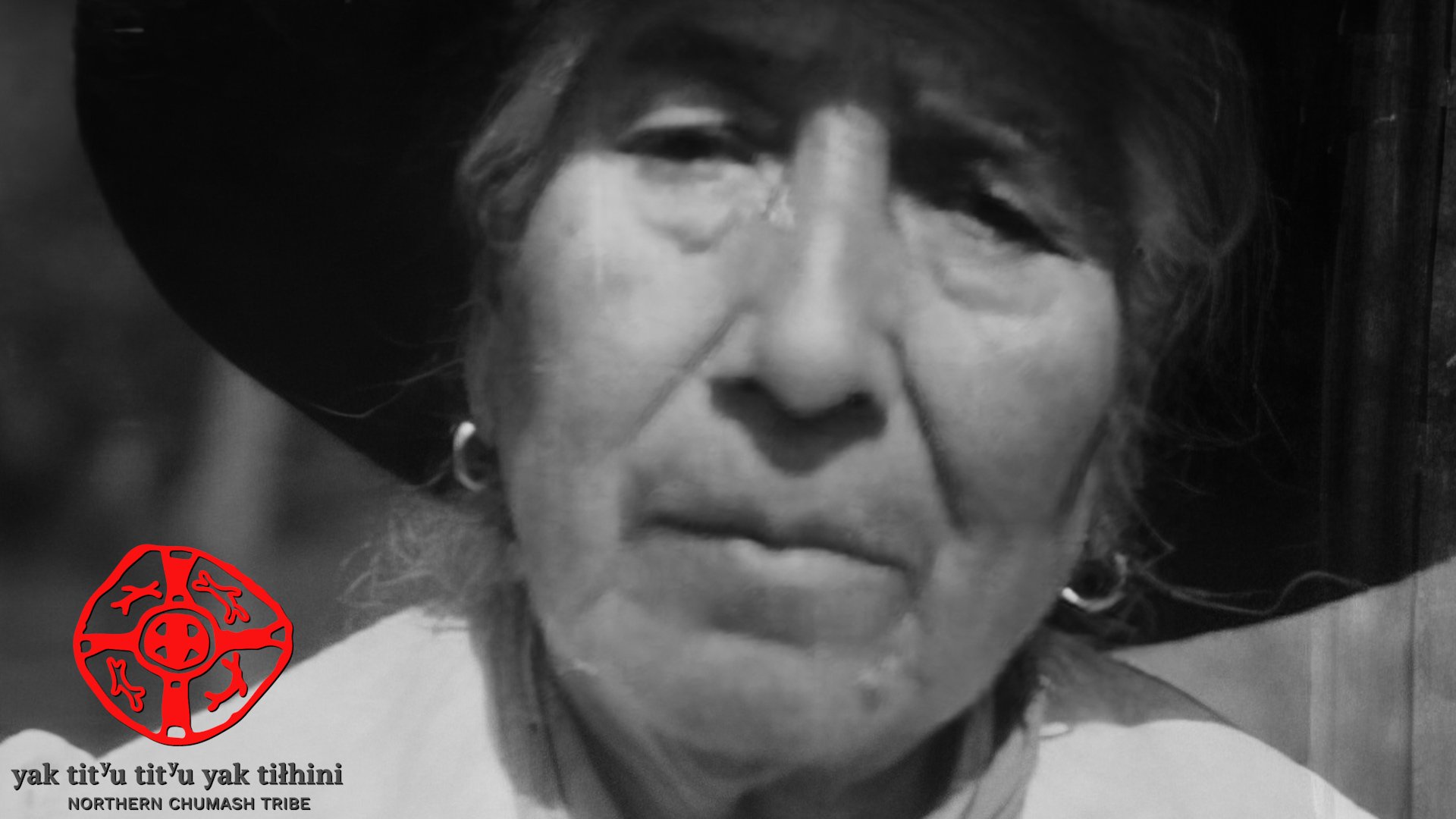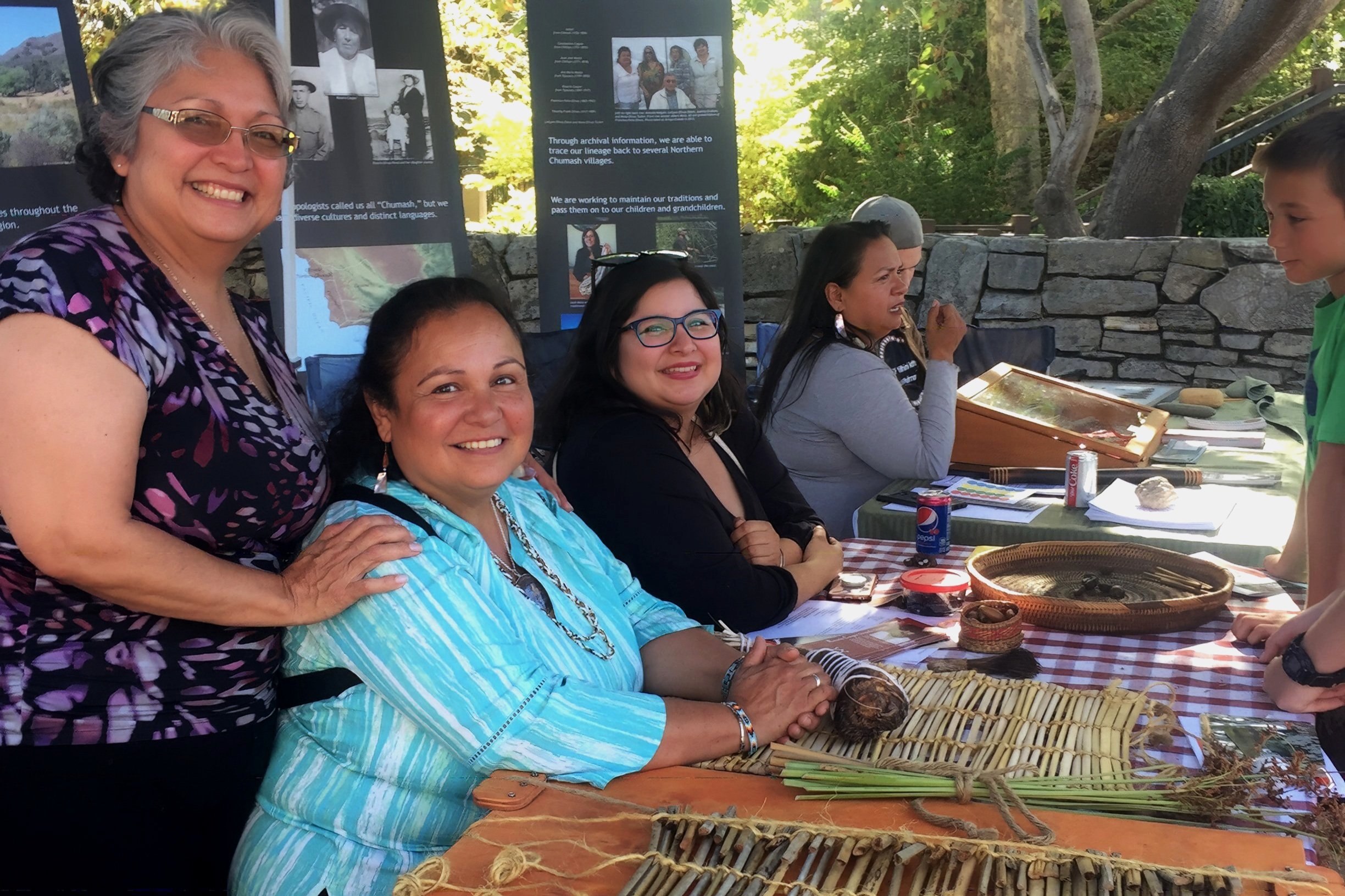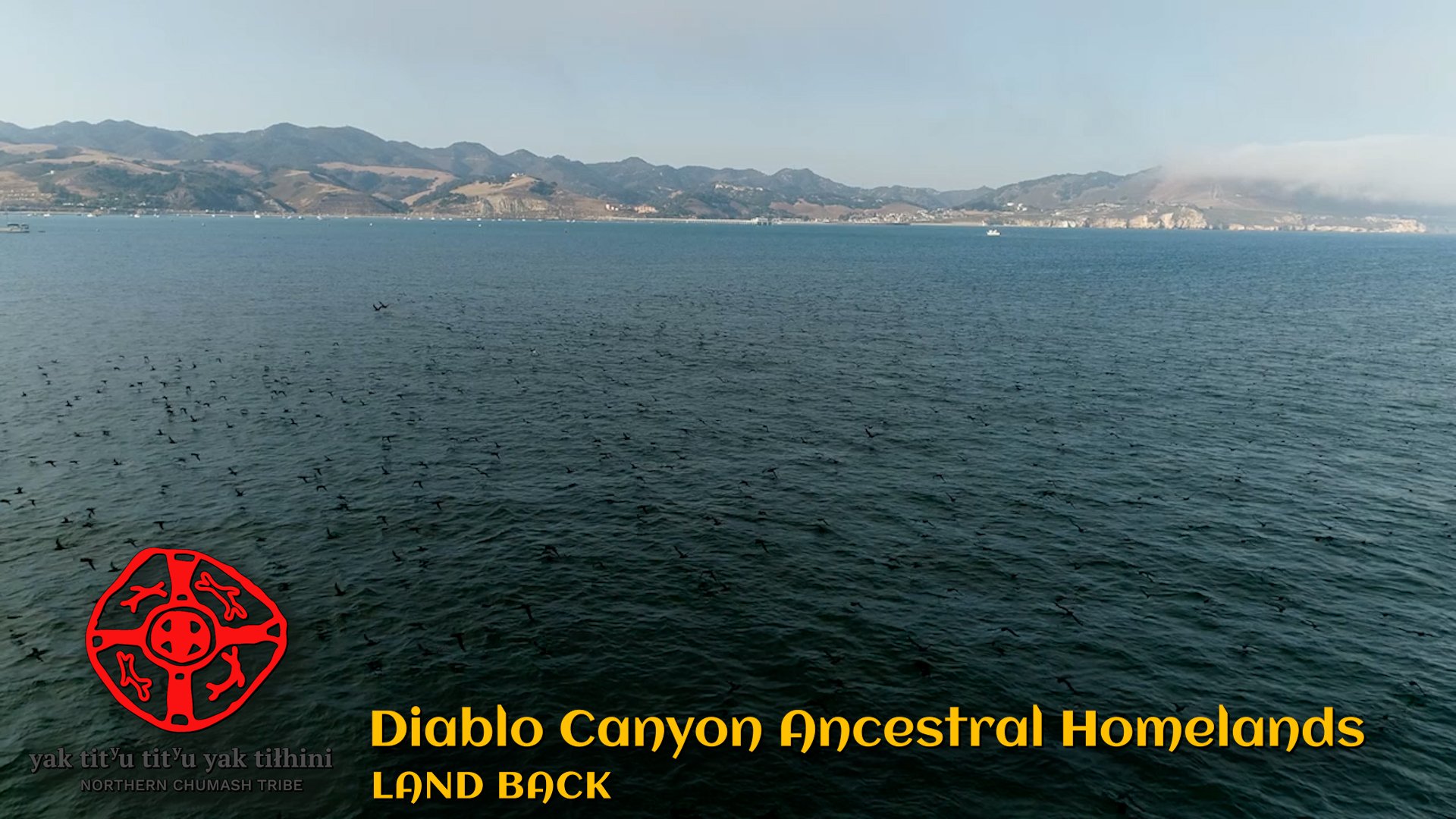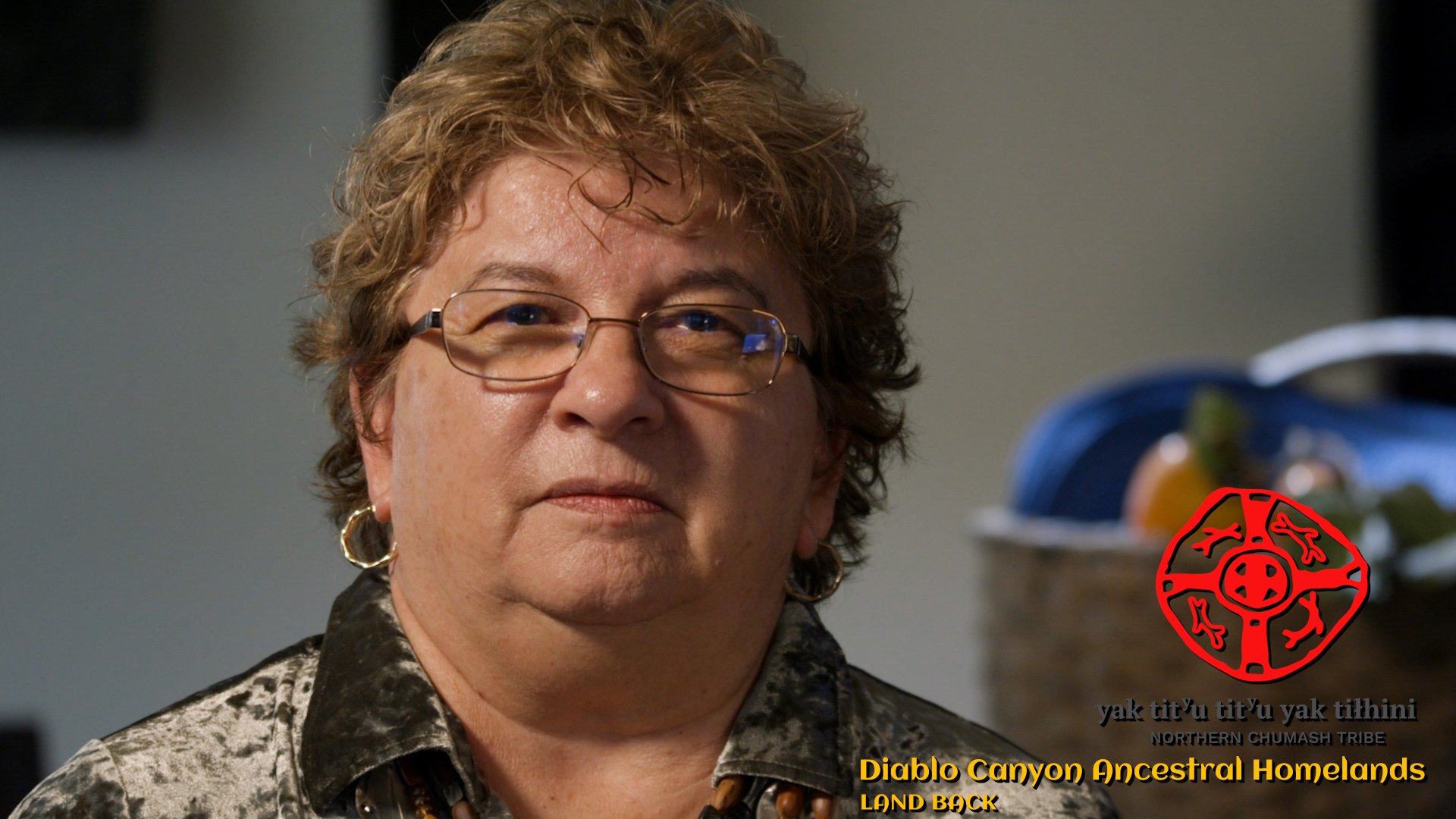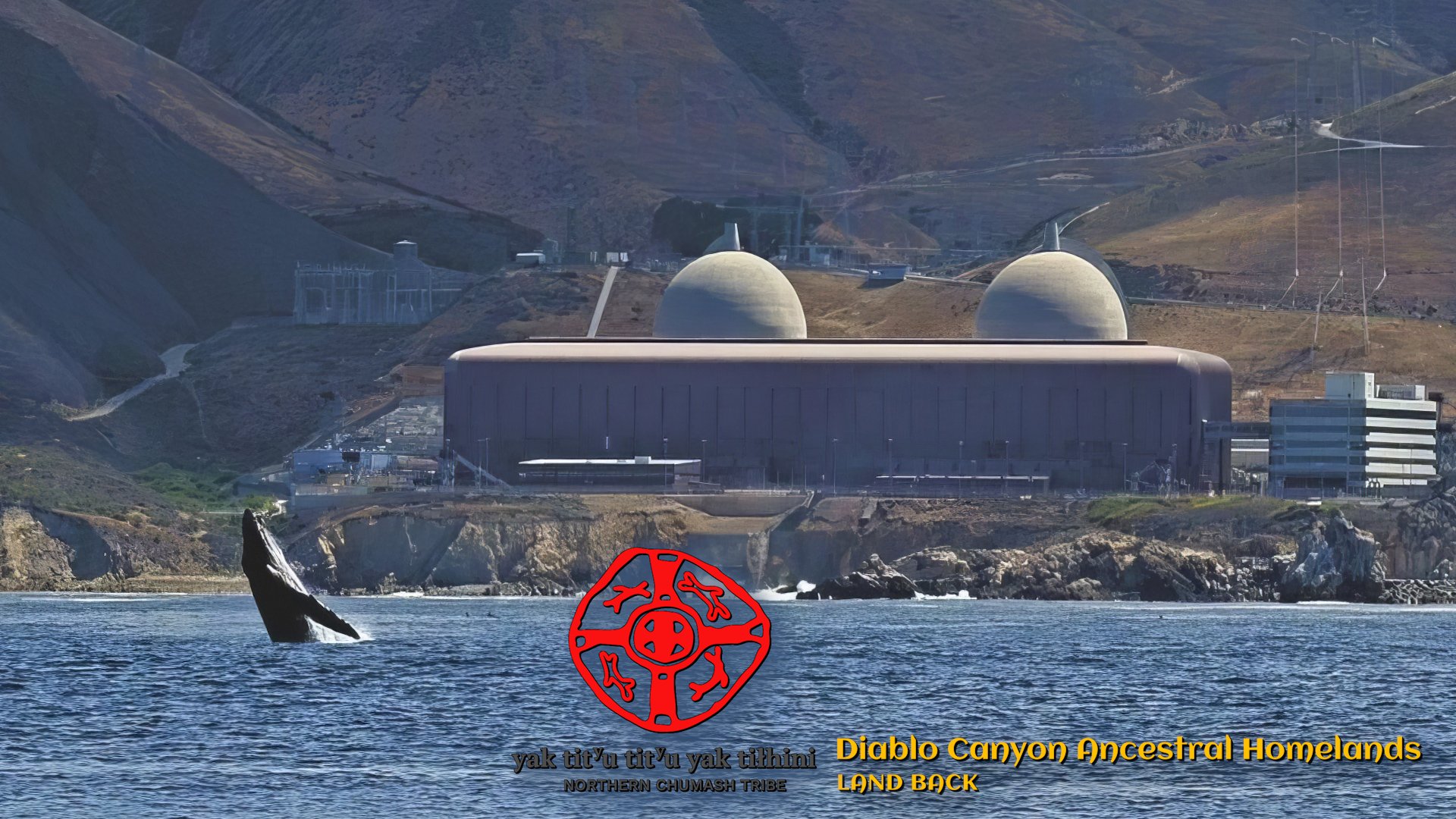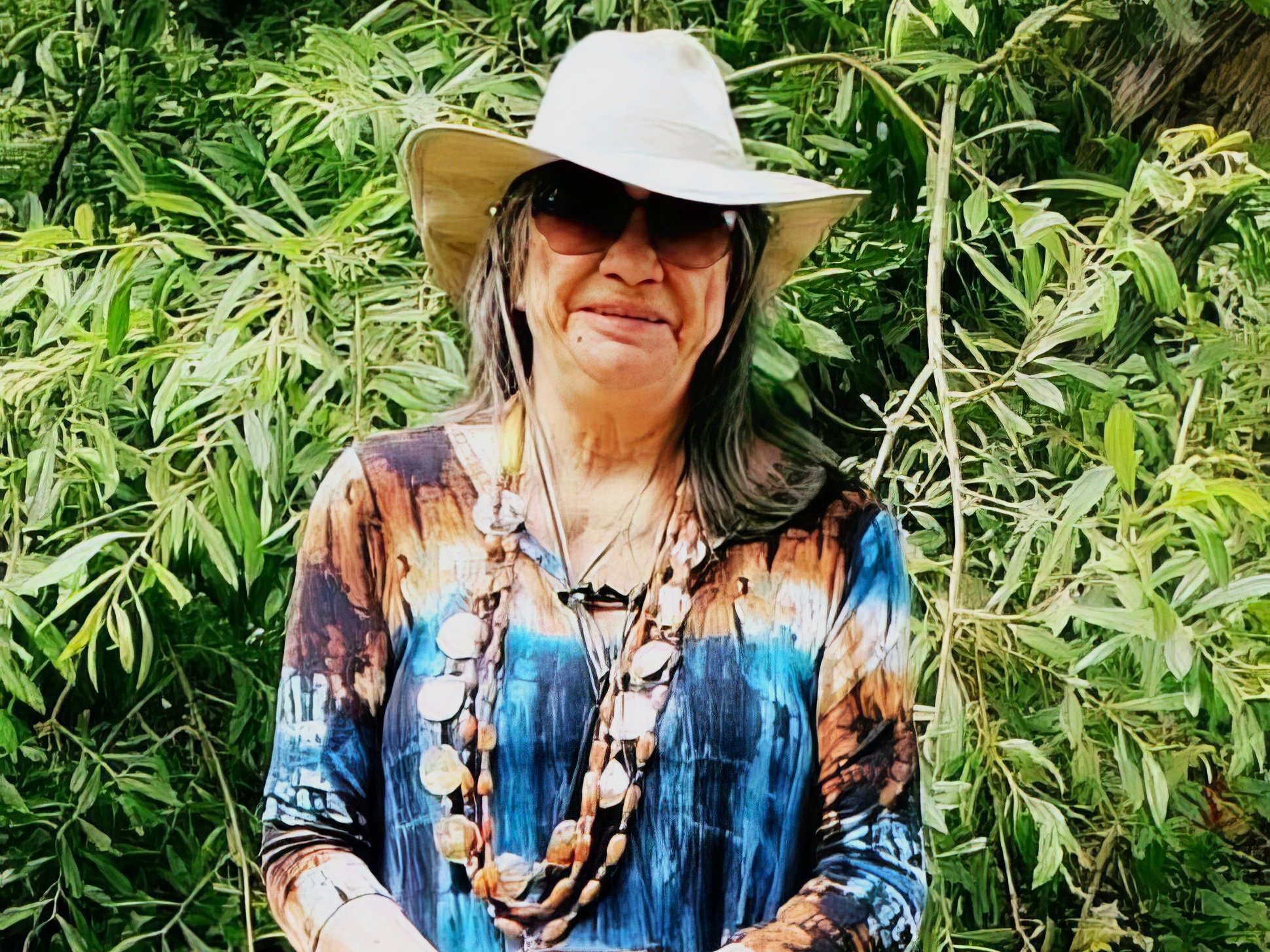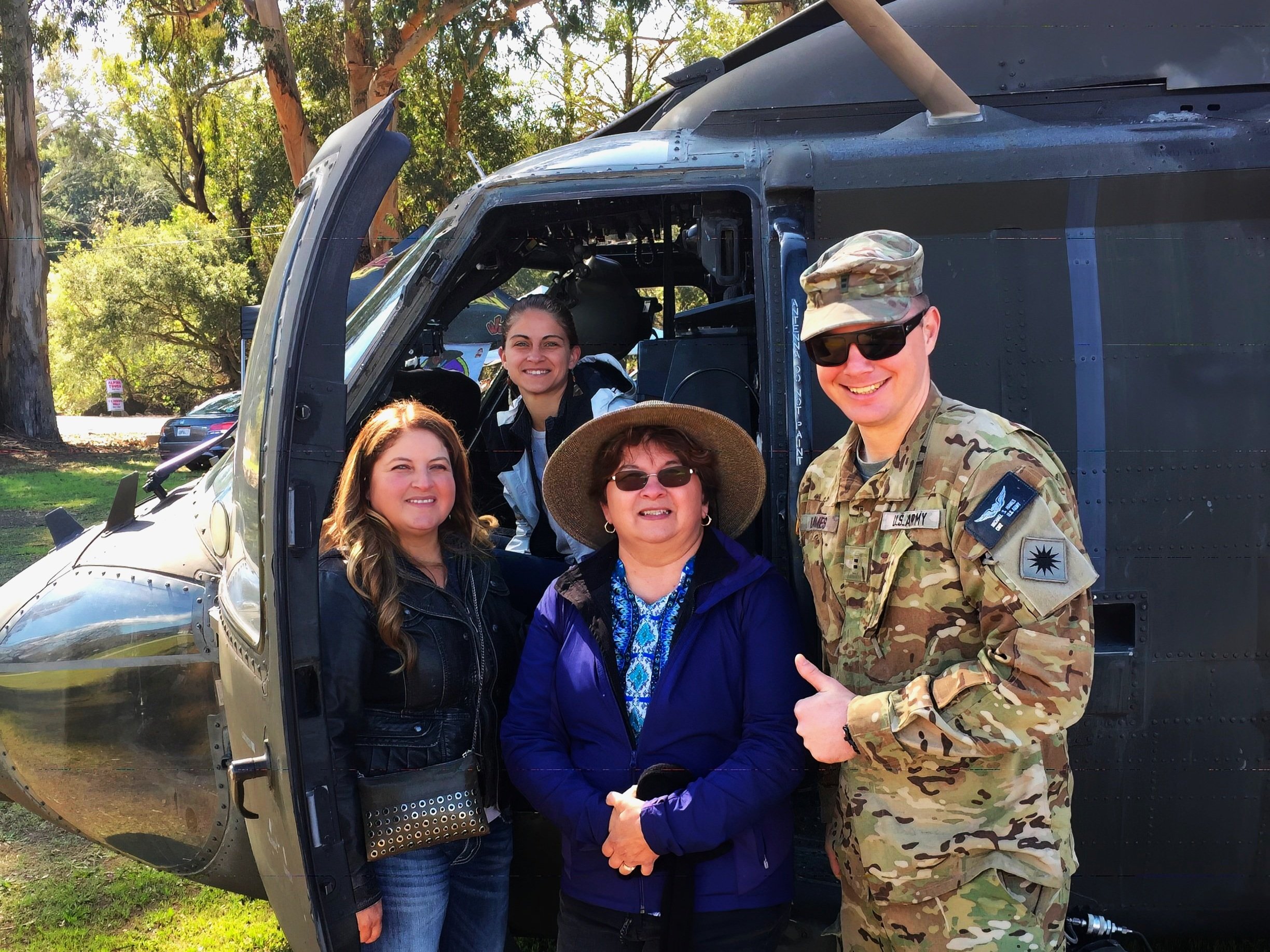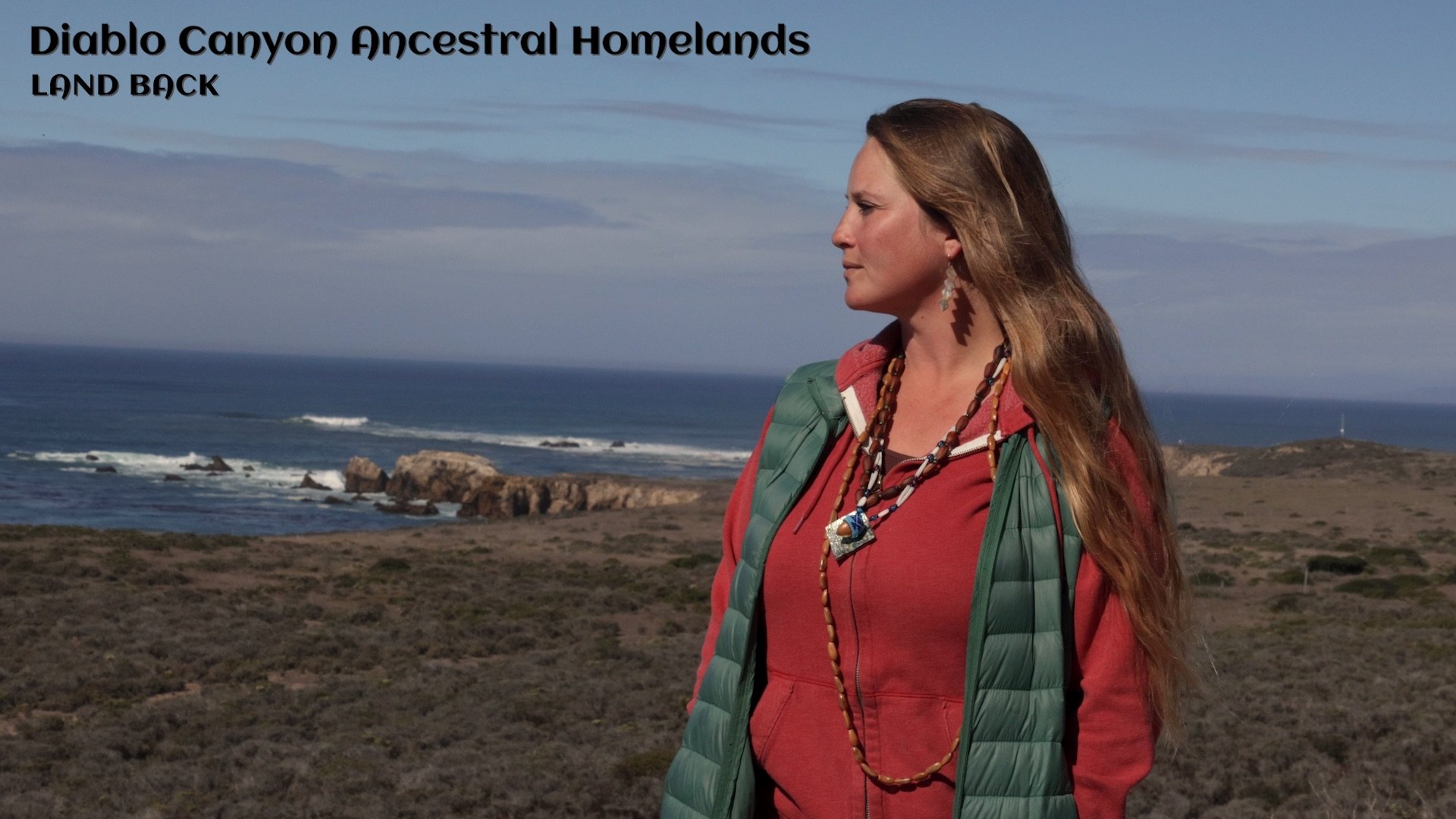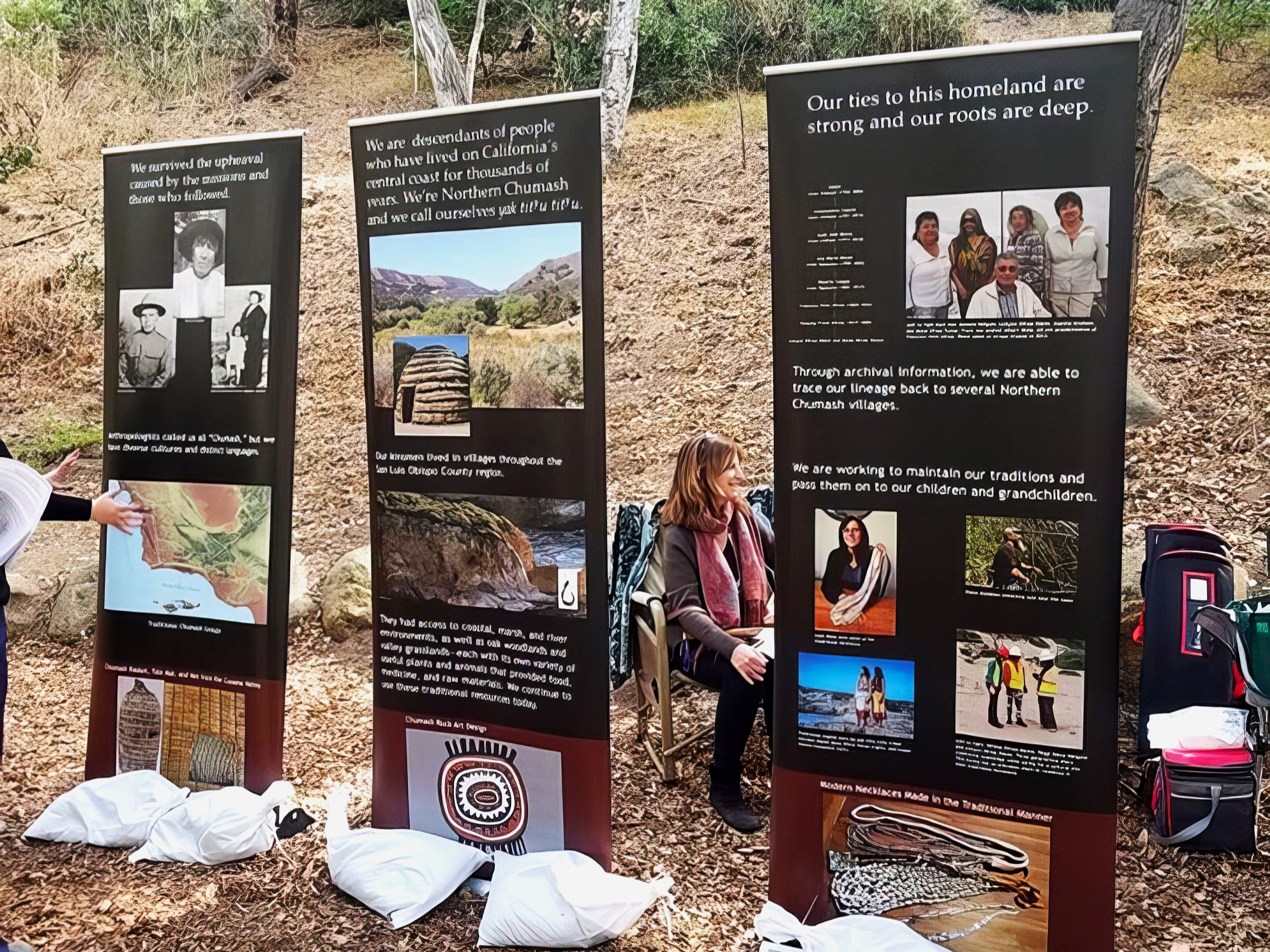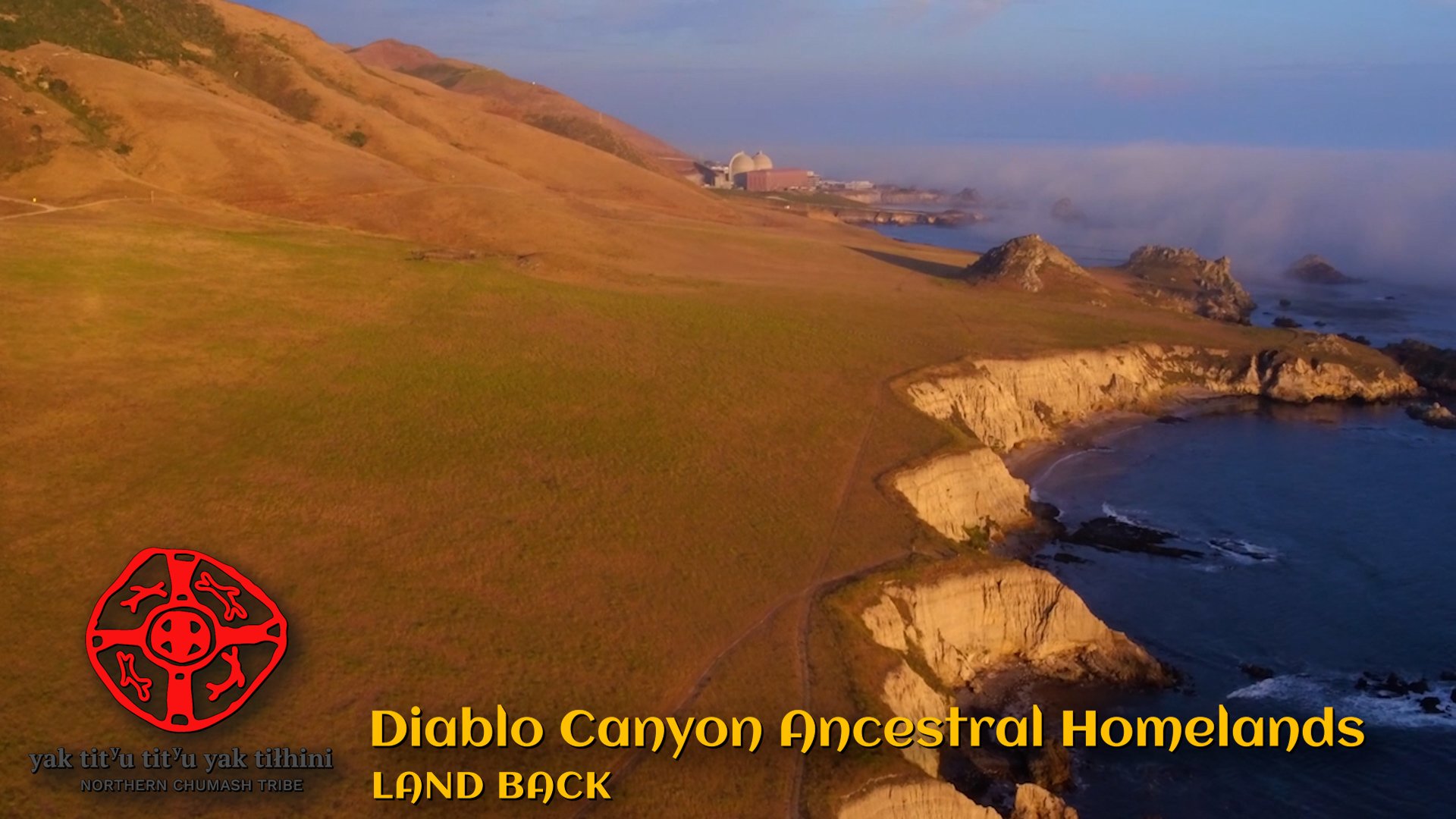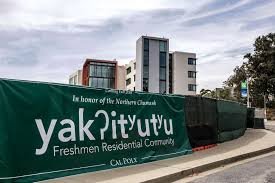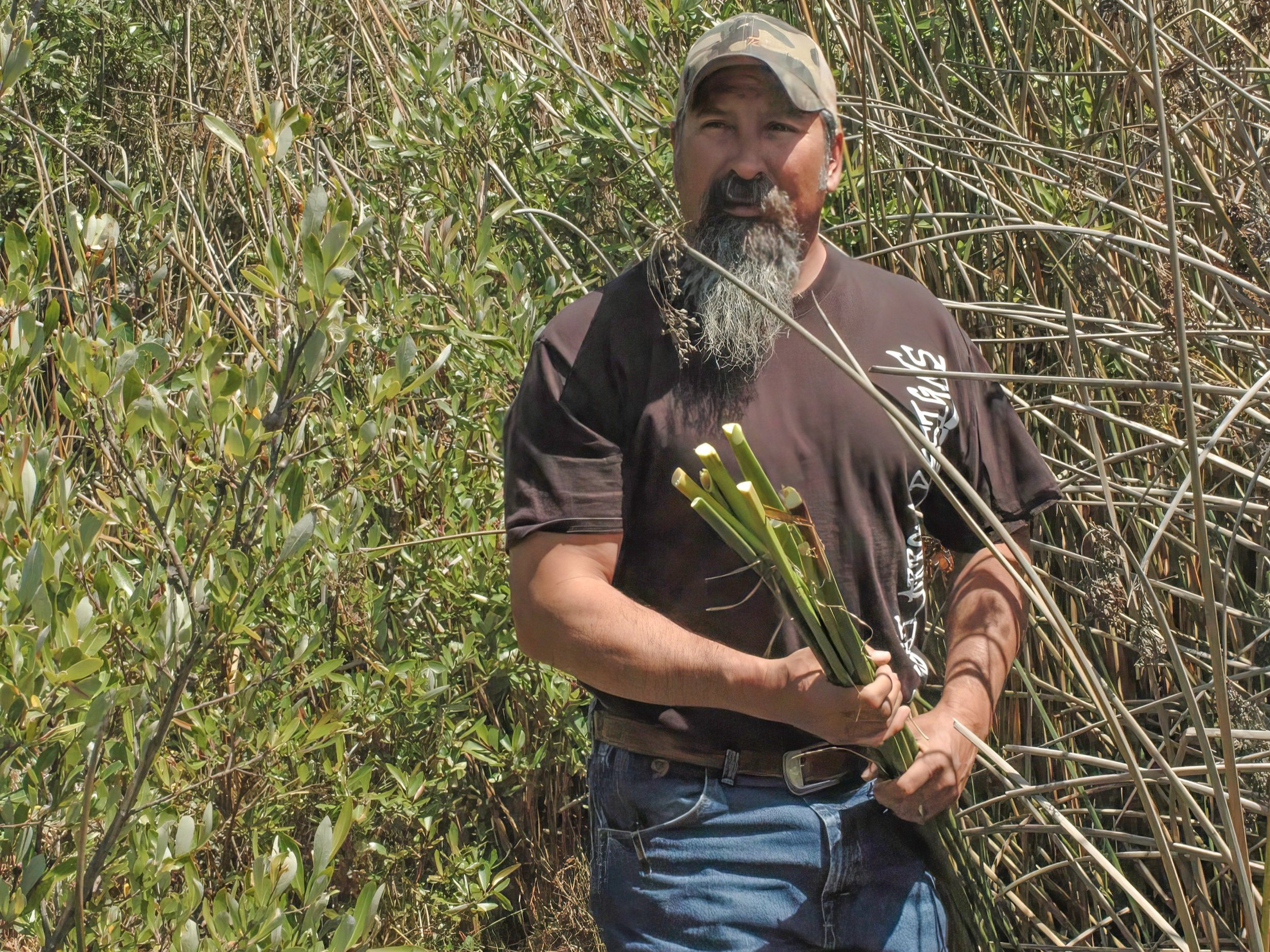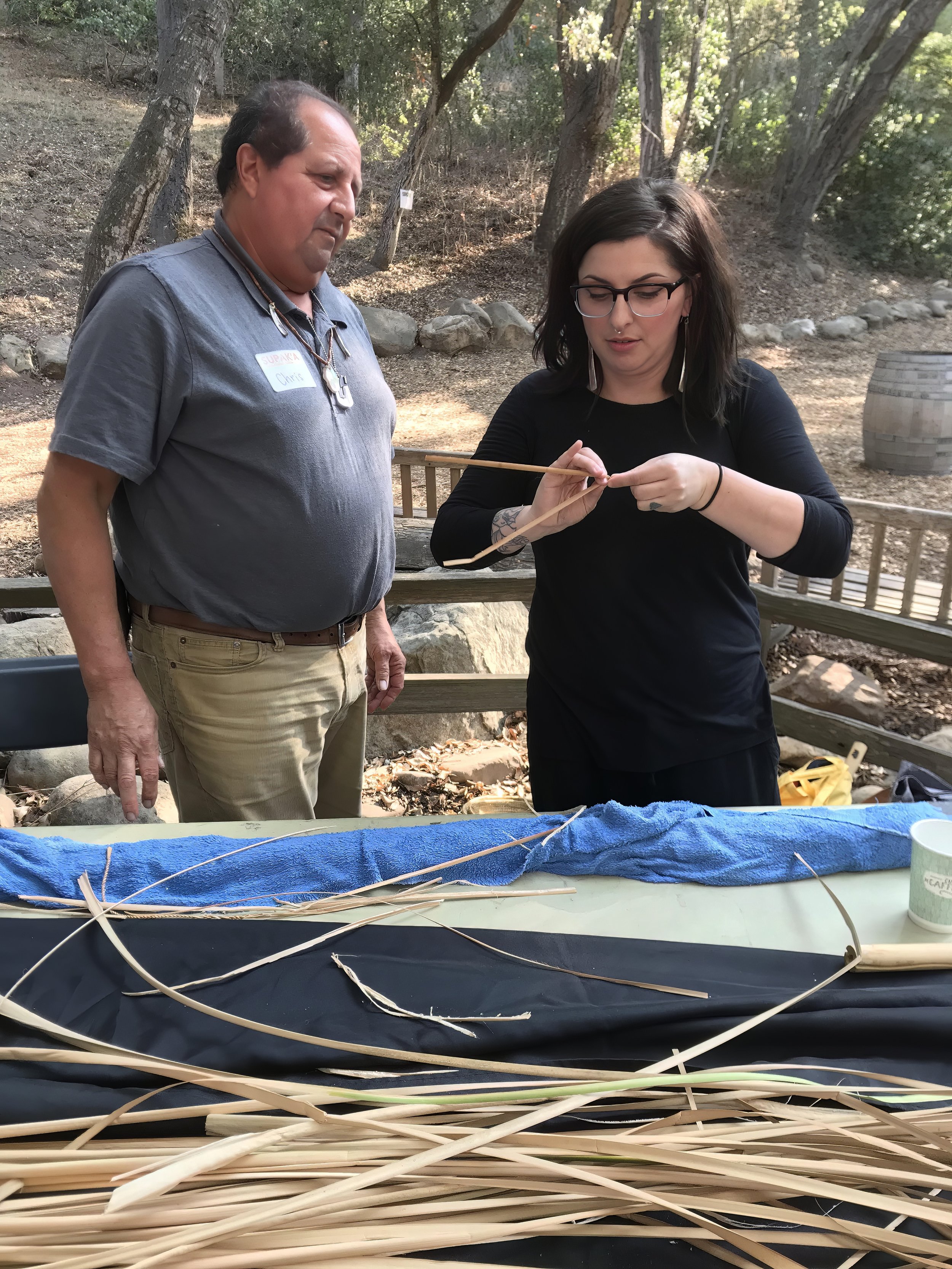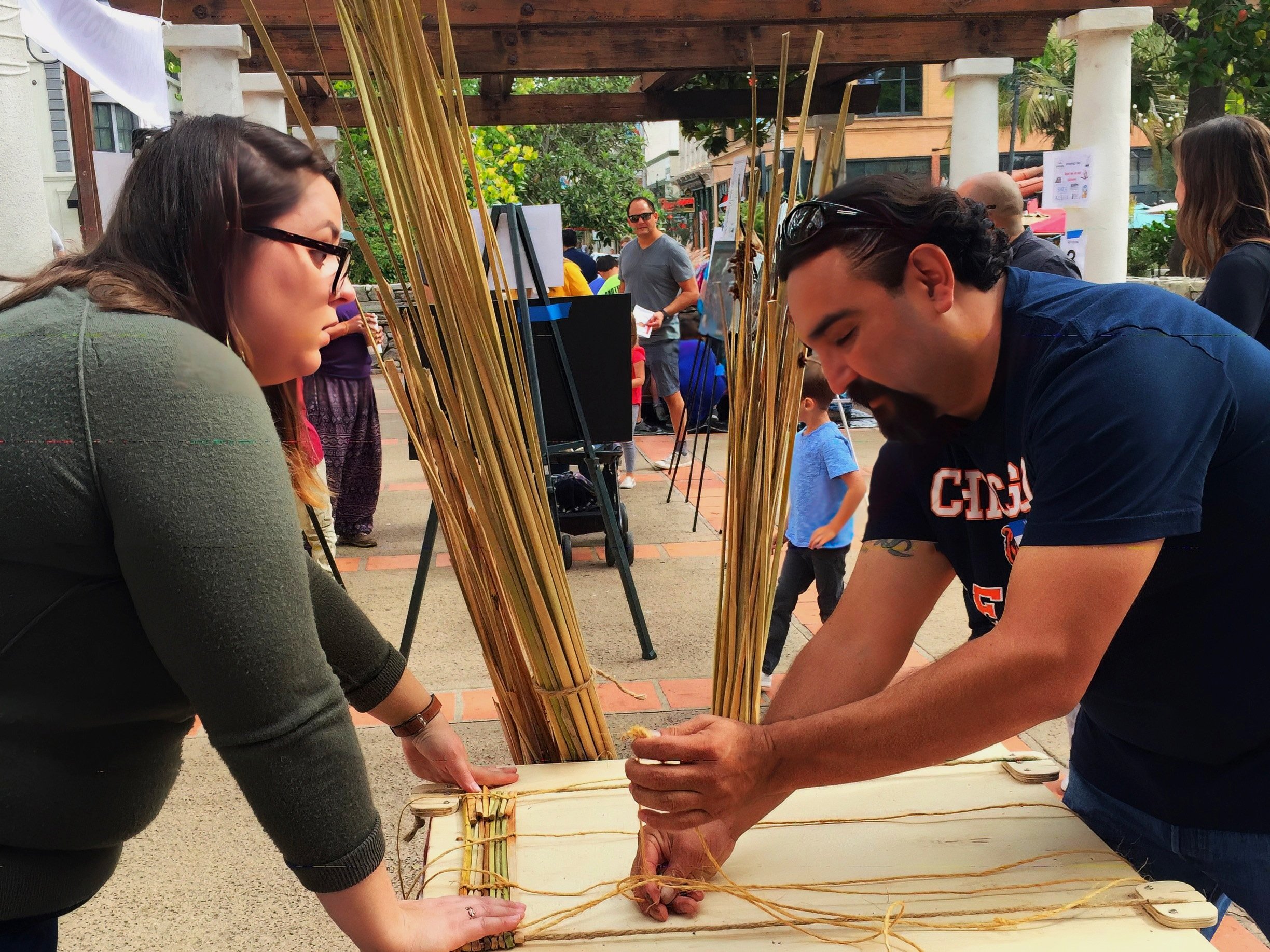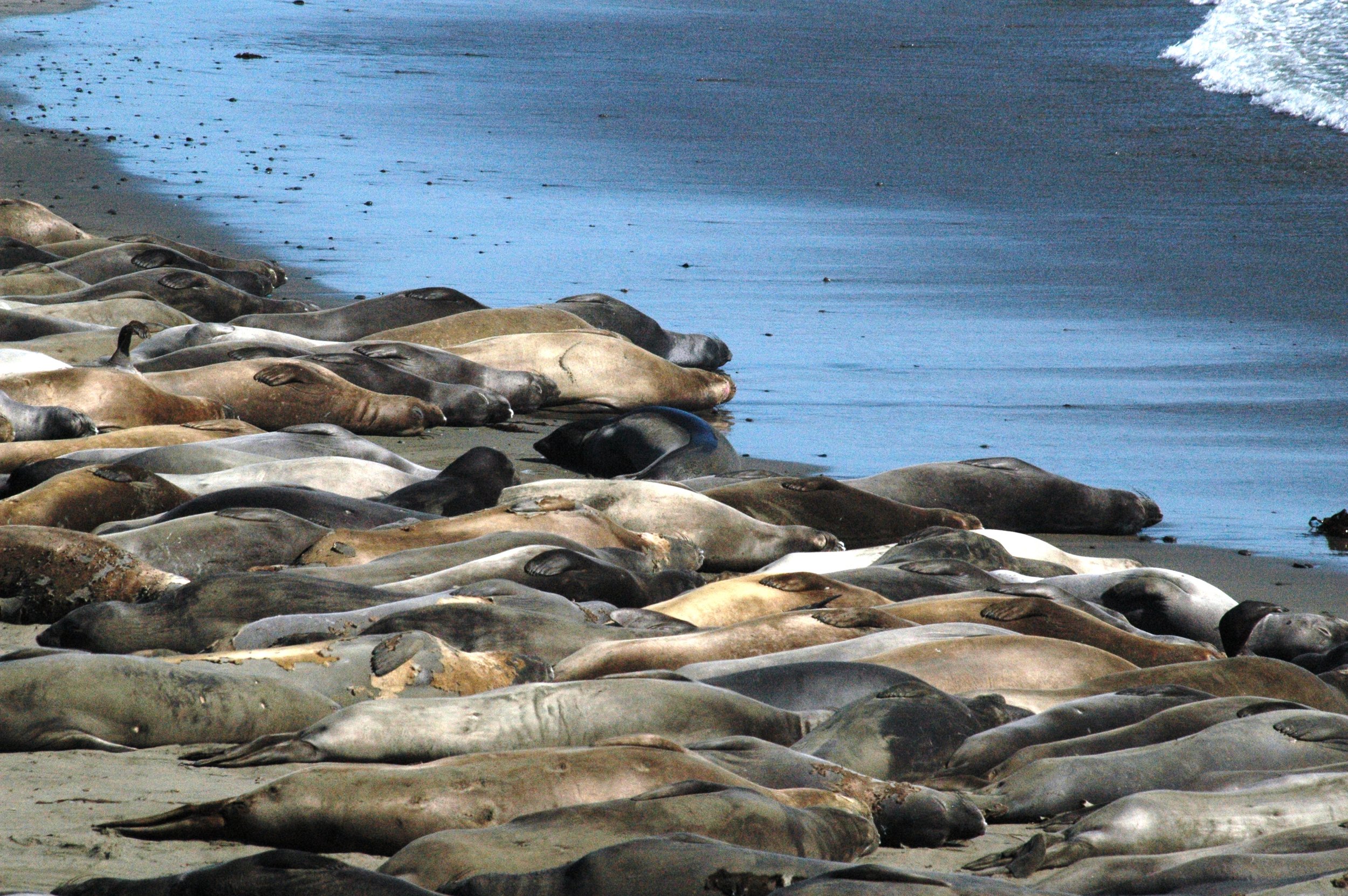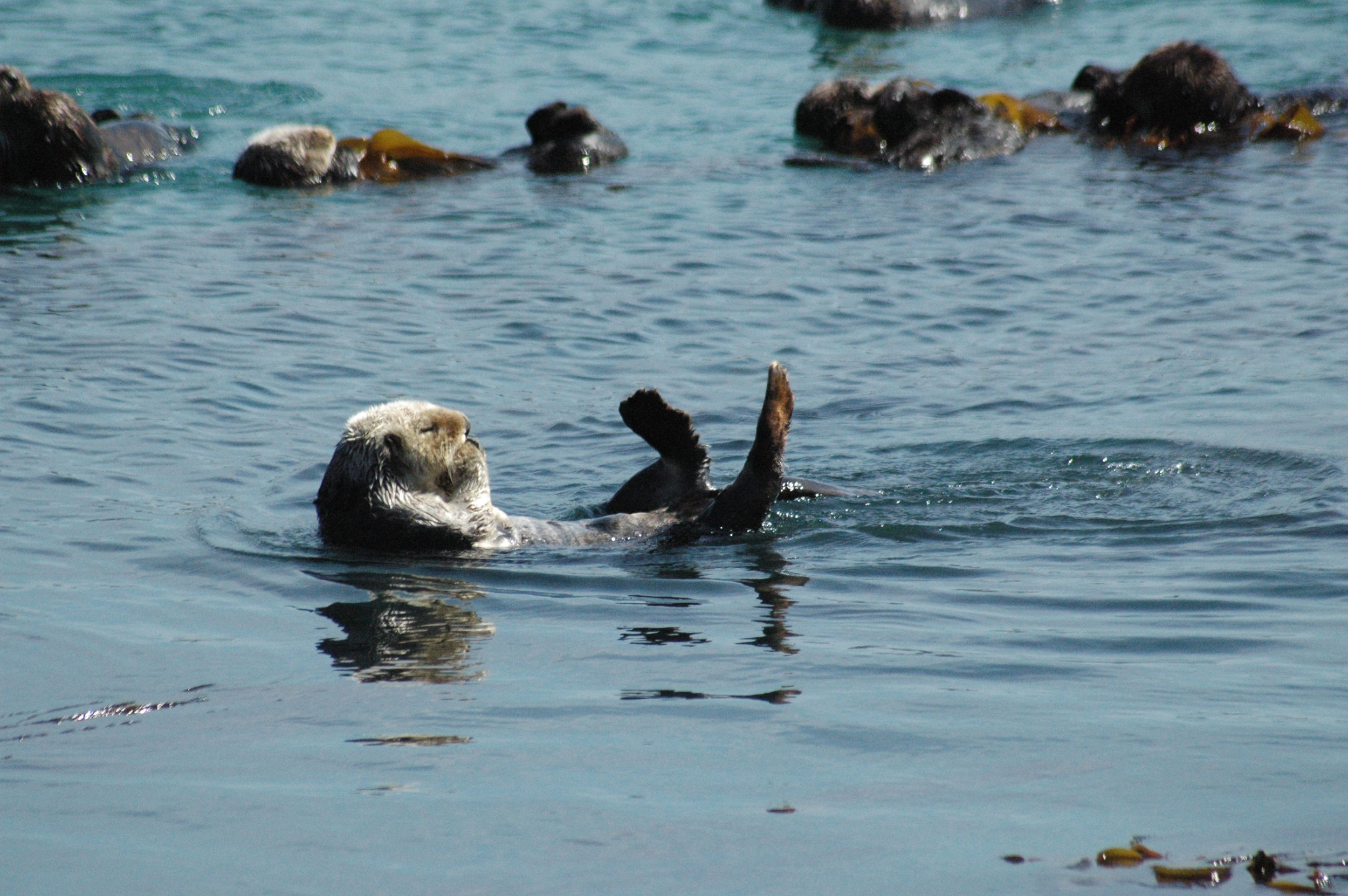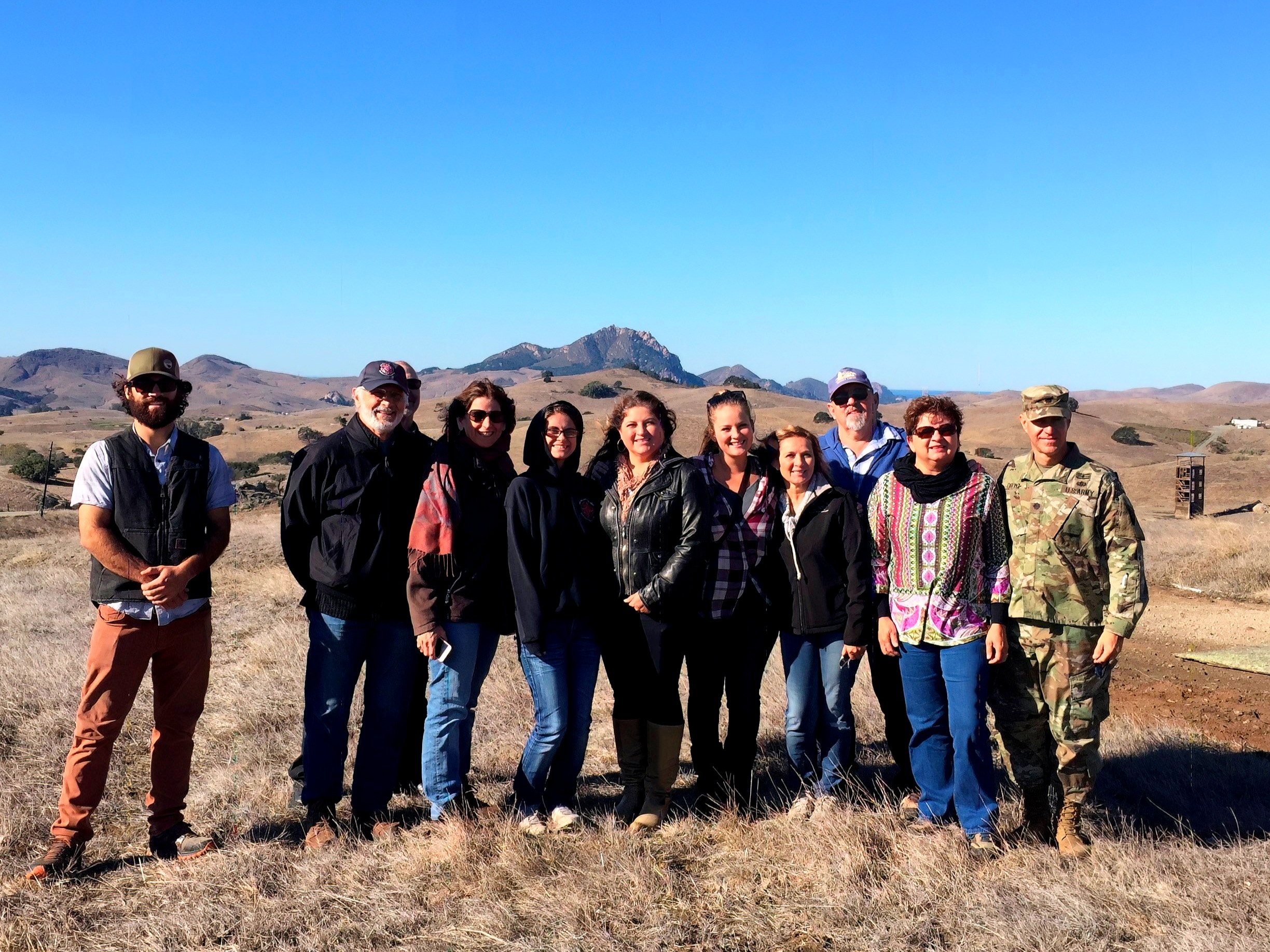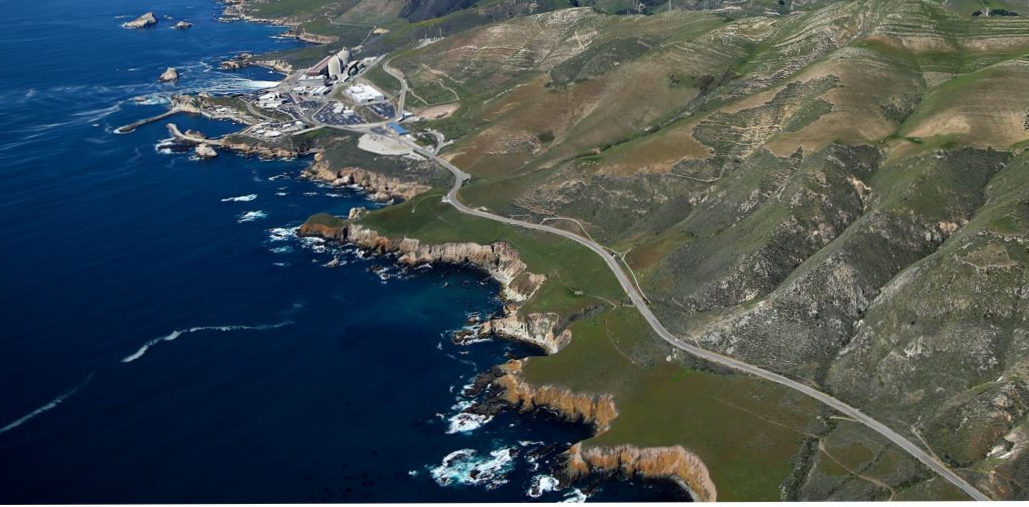Collaborations & Tribal Events
We employ a wide-ranging approach to promote public awareness of yak titʸu titʸu yak tiłhini (ytt) Northern Chumash for the benefit of all generations by advocating cultural education, Tribal events, language development; promoting site restoration, land stewardship and volunteerism; and supporting Tribal land acquisition and Tribal economic development.
Through partnerships with private, nonprofit, local, state, and federal entities, we are committed to building positive relationships and understanding of the yak titʸu titʸu yak tiłhini (ytt) Northern Chumash people and vision for the region.
Indigenous Peoples Day (Wendy Lucas, ytt Northern Chumash Nonprofit Vice President of the Board)
SAN LUIS OBISPO CITY PROCLAMATION
INDIGENOUS PEOPLES DAY
On October 3, 2017, the city of San Luis Obispo officially joined more than 40 other communities and several states across this country that had replaced Columbus Day with Indigenous Peoples Day. A year later, the City Council formally established that the Indigenous Peoples Day Proclamation would be recognized on an annual basis.
A huge au’au’ (“thank you”) in tilhini, our Northern Chumash language) to Mayor Heidi Harmon as the driving force that brought about this change, and to the entire City Council at that time for their support. It took moral courage and wisdom to make this change. It was not easy to challenge the status quo of an 80 year old holiday, but it was also the right thing to do. Many may still find this change surprising and difficult to understand.
It might be easier for some to accept had not so much of the real history about “conquering” the original inhabitants of this country been left out of their schooling. Fortunately, more and more, people now want the truth to be told. It is not always a pretty story, but it is our collective, shared history. It is also our responsibility to bring light to this dark past.
Eliminating the honoring of an explorer who helped initiate the decimation of native tribes in this hemisphere is one step toward repairing horrific wounds. It also works toward the inclusion of all the history of this area. But it is primarily about telling the truth. This truth-telling began in earnest in 1977 at the United Nations sponsored International Conference on Discrimination Against Indigenous Populations in the Americas, the very first time Native people were able to address the U.N. A delegation of Native Nations from over 60 Indigenous peoples from Argentina, Bolivia, Canada, Chile, Costa Rica, Guatemala, Ecuador, Mexico, Nicaragua, Panama, Paraguay, Peru, Suriname, the United States, and Venezuela were among the participants in Geneva.
The work they did initiated a resolution strongly stating the commonality of indigenous peoples’ history to include the brutal colonization effects of land and resource plundering, as well as population decimation. The final resolution sought to recast “. . . October 12, the day of so-called ‘discovery’ of America as an international day of solidarity with the indigenous peoples of the Americas.” In 1981 the Indigenous representatives met again in Geneva emphasizing the declaration of Indigenous Peoples Day. This whole process helped initiate a reexamination of the usual stories and myths surrounding Columbus’ voyages.
In 1992, as our nation prepared to celebrate the 500th anniversary of Christopher Columbus’ “discovery”, scholars and historians pored over original documents and records from that time. Using even Columbus’ own journals and those of his fellow explorers, they pieced together a more complete picture of what happened. Facts and events surfaced that uncovered the human misery inflicted on the Indigenous inhabitants who were in the path of the invaders.
Before this work, most of what had been written about Columbus’ focused on his first voyage in 1492 and his expert seamanship.
But only one year after the first landing, Columbus returned with an armada of 17 ships, and at his own request had himself appointed by the Spanish Crown as viceroy and governor of the Caribbean islands. Writings about the second voyage in 1493 expose not only the usual goals at that time of conquest and gold acquisition, but more importantly, the exploitation and ultimate annihilation of the Caribbean Islands’ inhabitants.
In the area known today as Haiti and the Dominican Republic, Columbus’ policies of slavery and “systemic extermination” reduced the native Taino population, estimated upwards of 8 million at his regime’s beginning to, horrifically, 30 years later, 22,000 people, a mere vestige.
By 1542, only 200 native Taino were recorded. Some other references consider them extinct. (See Confronting Columbus, An Anthology, by John Yewell, Chris Dodge, Jan Desirey, published 1992.) Clearly, these acts, initiated by a single man, are not worthy of celebrating and honoring year after year.
California also has a dark side to its history. One carefully researched and recently published book (2016) by Benjamin Madley, a historian at UCLA, demonstrates compelling proof about government involvement in California’s native population plunging from about 150,000 to 30,000 in 27 years. (An American Genocide: The United States and the California Indian Catastrophe, 1846-1873. Also see “An Indigenous Peoples’ History of the United States, by Roxanne Dunbar-Ortiz for more in-depth and significantly researched and referenced historical documentation.) As more and more is uncovered and written about the true history of our nation, we are hopeful it will be included in school curriculum more and more.
Today’s students might also learn about different ways of thinking about their ancestors. Having learned more of those ways, I know that now, when I speak of my grandmother, I am not necessarily speaking only of my father’s mother, but also of her mother, and her mother before, and before. My Grandmother, 200 years ago, or 2,000 years ago, was a seed-keeper and knew the ways of growing—when best to plant, how to rotate crops and when to burn the land to fertilize and stimulate new growth. Just as your Grandmother was also likely to be a seed-keeper, be it 200 or 2,000 years ago. Recognition and acknowledgment and respect for those whose cells we carry embolden our journey in this life. We all come from indigenous roots—and we all deserve to have them respected.
The presence of yak titʸu titʸu yak tiłhini Northern Chumash in our area dates back more than 10,000 years, and we are still here. Through all the challenges, attempts at direct and indirect annihilation of our people…we are still here. Through all the confiscation of our homelands/broken treaties/broken families/forbidden language, ceremonies, religion, culture…we are still here. This is our story of resilience and it deserves to be taught, to be learned, to be appreciated, to be cherished.
~ Wendy Lucas, ytt Northern Chumash Nonprofit vice president
yakʔitʸutʸu Residential Community at CAL POLY San Luis Obispo
The Ocean is Part of Us - Our Family - Our Home (Haylee Bautista, ytt Marine Protection Advocate)
Cal Poly Dorm Project
Cal Poly San Luis Obispo, May, 2019
This project was a collaboration between ytt Northern Chumash Tribe and California Polytechnic University of San Luis Obispo to honor the villages of ytt Tribe’s Homelands, offering a living history to students and the region.
CAL POLY LAND ACKNOWLEDGEMENT
We acknowledge that the land on which Cal Poly sits carries the heritage and culture of the Indigenous People of San Luis Obispo County, yak titʸu titʸu yak tiłhini, Northern Chumash Tribe. We honor the Indigenous People’s connection to these territories and respect the land on which we gather today.
In recognition of the Indigenous peoples of San Luis Obispo, Cal Poly proudly named its newest residential community, yakʔitʸutʸu, which means “our community” in the yak titʸu titʸu yak tiłhini Northern Chumash language.
Dedicated in honor of Cal Poly’s relationship with the Northern Chumash, this student housing complex — which opened in 2018 — features seven residential halls named after yak titʸu titʸu yak tiłhini Northern Chumash villages throughout the Central Coast region.
The yakʔitʸutʸu Residential Community was recently recognized with Leadership in Energy and Environmental Design (LEED) Gold certification for being inclusive, healthy, efficent and home to cost-saving green building features.
Together, the university and Indigenous people of San Luis Obispo will educate future generations of Cal Poly students and local residents.
Ocean Science Fair
The Ocean Science Fair is a NOAA organized event in San Simeon.
The Coastal Discovery Center (operated by Monterey Bay National Marine Sanctuary & California State Parks) offers interactive exhibits & education programs which highlight the cultural & natural history of San Simeon, California State Parks & the sanctuary.
Archeology Days
A Day we come together to teach our local communities about historical studies and our continuous and resilient culture whose ancestry dates back to this one region for well over 10,000 years. yak titʸu titʸu yak tiłhini, Northern Chumash Tribe represents an unbroken chain of lineage, kinship and culture. Our ongoing work towards Tribal preservation is to protect and promote our unique culture, elegant language, remarkable resources and timeless traditional ways.
